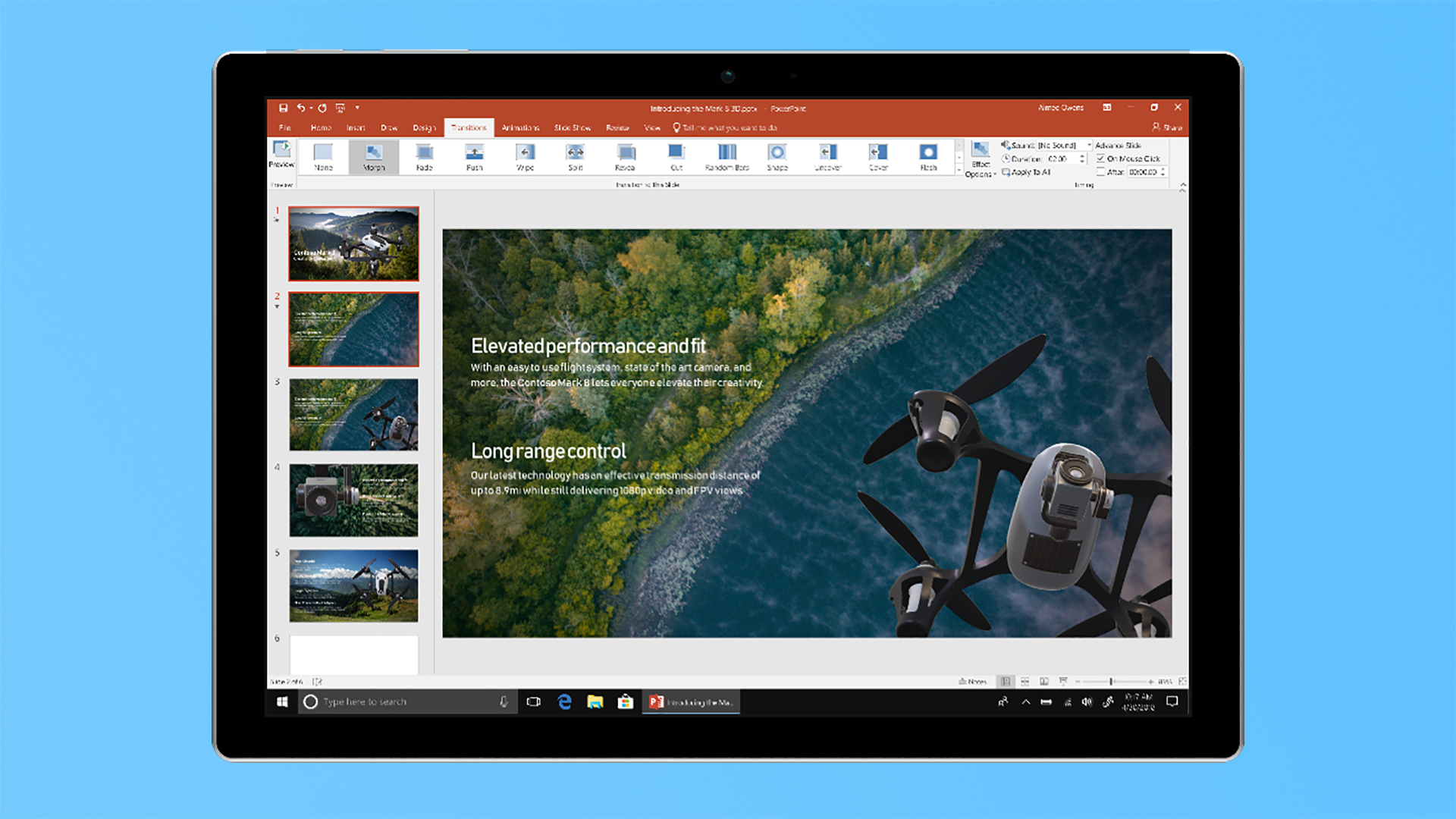
- USING MICROSOFT LYNC 2013 INSTALL
- USING MICROSOFT LYNC 2013 SOFTWARE
- USING MICROSOFT LYNC 2013 WINDOWS
In the details pane double click on Caching. To configure the new Server Farm select it in IIS Manager under Server Farms. A Rewrite Rule pop-up window is shown, asking to rewrite all incoming requests to this server farm automatically. In the applicationRequestRouting field change the httpPort to 8080 and the httpsPort to 4443.Ĭlick Add to add the server to the server farm and click Finish to close the Create Server Farm wizard. Enter the Server address of the internal Simple URL (I’m using split DNS so this is again, make sure it resolved to the internal IP address and NOT the external IP address of the ARR server!!) and click on Advanced settings…. In the Create Server Farm window enter the name of the new Server Farm (i.e. In IIS Manager right click on Server Farms and select Create Server Farm. We’ll start with the simple URL, but you have to repeat these for the and the Simple URL. To create the Server Farms for each of the simple URL follow these steps. In the Advanced Settings window change the Idle Time-Out feature to 0 (minutes) to disable this feature.Ĭlick OK to save the new setting and close the Advance Settings window. In the Actions Pane click Advanced Settings. To do this, open IIS Manager, expand the server ARR01, click on Application Pools and select the DefaultAppPool in the results pane. To make sure the Worker process for the Default Web Site always runs you can disable the Idle Time-Out feature for the main website application pools.

The server is now fully installed and ready to configure ARR. In the Site Bindings window click Add, select https in the Type dropdown box and select the SSL certificate we just imported in the SSL Certificate dropdown box.Ĭlick OK and click Close to finish the wizard. Open IIS Manager, select the Default Web Site and click Bindings in the Action Pane. When the SSL certificate is imported you have to bind it to the webserver in IIS Manager. and lyncweb.) in the Subject Alternative Names field of the certificate. Make sure you use an SSL certificate with the proper FQDNs (meet., dialin. Personally I’m using Digicert certificates for this. I’ve seen deployments where one certificate was used both on the Lync Edge Server and the Reverse Proxy server, but a dedicated SSL UC certificate is possible as well. Since the web services are using HTTPS you have to use an SSL certificate on the ARR server.
USING MICROSOFT LYNC 2013 SOFTWARE
You can also use ARR version 3 which can be downloaded here: ĪRR is installed using the web platform installer, so click the link, click Run (or Save if you want to store on disk first) and follow the wizard.Īs you can see in the screenshot the IIS prerequisite software is automatically installed.
USING MICROSOFT LYNC 2013 INSTALL
To install ARR you can use the Web Platform installer on. There’s no need to install prerequisite software, this will be installed during the installation of IIS/ARR. Make sure you’ve the the name resolution working correctly otherwise you’ll be presented all kinds of funky error messages.
USING MICROSOFT LYNC 2013 WINDOWS
I have been using Windows Server 2012 R2 with 2 NICs of course.

The server needs an FQDN as well, so besides a normal server name you have to enter the DNS suffix. Server ConfigurationĪ reverse proxy is meant to be installed in the perimeter network and as such it cannot be a member of the internal Active Directory domain. This can be configured using the Topology Builder. The internal name of the Lync Front-End pool is but the external name is. The following FQDN’s are web services internally running on port 4443 and port 8080, so they need port translation to publish them to the internet using port 443 and port 80: Lync connectivity with other Lync organizations). These services are used by either external Lync clients or for federation purposes (i.e.

The following FQDN’s are ‘published’ via the Lync 2013 Edge Server: In my lab I have a Lync 2013 Enterprise Edition, in the perimeter network I have a Lync 2013 Edge Server, but instead of a TMG I now have an IIS/ARR server. One of the Microsoft alternatives for reverse proxy is the Application Request Routing module or ARR, a module that’s running on top of Internet Information Server (IIS). In an earlier blog post I wrote about publishing Lync services using TMG 2010.


 0 kommentar(er)
0 kommentar(er)
